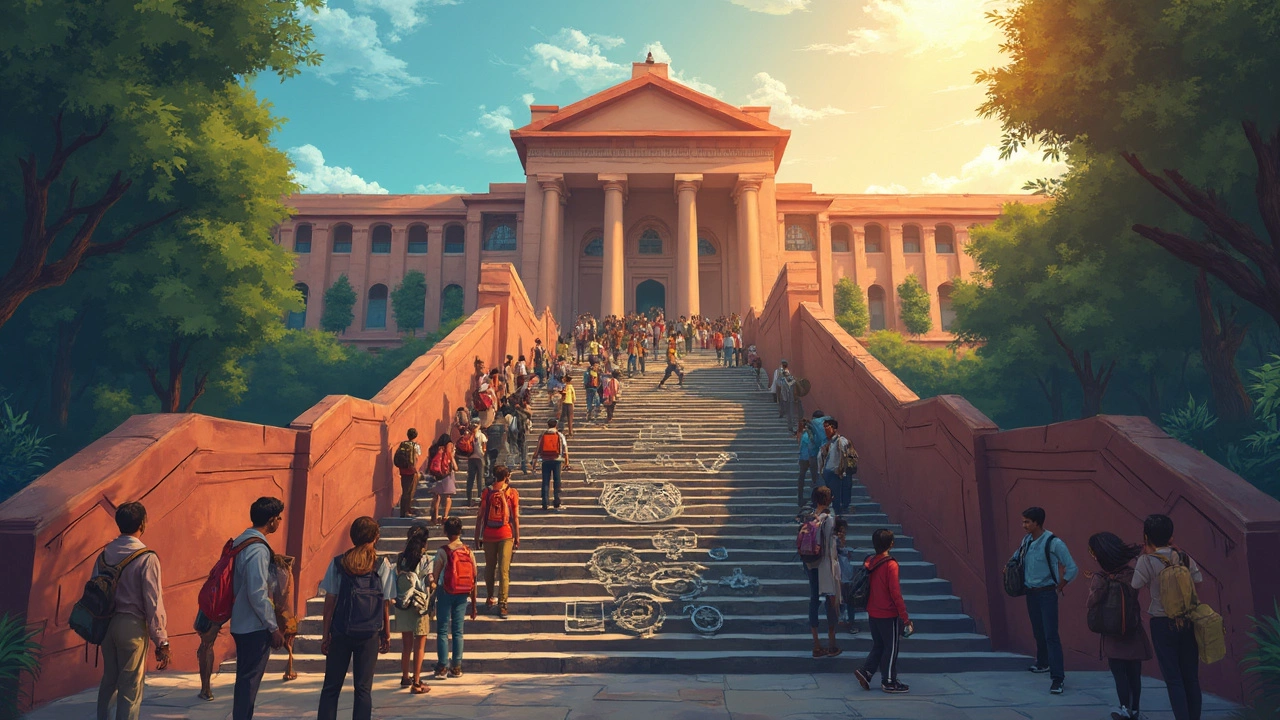Toughest IIT Branch – What Makes It So Hard and How to Tackle It
If you’re eyeing an IIT seat, you’ve probably heard people argue about which branch is the toughest. Most names that pop up are Computer Science (CSE), Electrical Engineering (ECE), and Mechanical Engineering (ME). Among them, CSE often steals the spotlight as the hardest because of its intense competition, fast‑changing syllabus, and high placement pressure.
Why This Branch Is Considered the Hardest
CSE attracts the highest number of applicants every year. That sheer volume means the cutoff scores are sky‑high, and even a small mistake can drop you out of the top 10 % of takers. The syllabus itself is packed with algorithms, data structures, programming concepts, and mathematics that demand daily practice. Unlike other branches, CSE also expects you to stay updated with the latest tech trends, which adds a layer of continuous learning.
Another factor is the interview and campus placement game. Companies like Google, Microsoft, and Amazon set very high standards, pushing students to master advanced coding and problem‑solving skills before they even graduate. This pressure makes the branch feel tougher compared to, say, Civil or Chemical Engineering, where the theoretical load is still heavy but the job market is a bit more predictable.
Tips to Crack the Toughest IIT Branch
1. Start early with core concepts. Build a strong foundation in mathematics and programming during 11th grade. Use NCERT books for basics and then move to standard reference books like "Introduction to Algorithms" for deeper insights.
2. Practice daily. Solve at least one set of JEE‑style coding problems every day. Websites such as CodeChef and LeetCode mimic the kind of questions you’ll face in the JEE Advanced and later in campus interviews.
3. Join a focused study group. Discussing problems with peers helps you see different solving approaches. Many top‑rankers credit study groups for clearing tough concepts faster.
4. Take mock tests regularly. Simulate exam conditions at least once a month. Analyze your mistakes, track time management, and adjust your strategy accordingly.
5. Balance theory and application. While theory is vital for JEE Advanced, practical coding projects let you apply what you learn, making retention easier and boosting confidence for future placements.
Remember, the “toughest” label is relative. If you’re passionate about a branch, the effort you put in will outweigh any perceived difficulty. Choose the branch that aligns with your interests, not just the one with the highest hype.
In the end, any IIT branch can be mastered with the right plan, consistency, and a bit of self‑belief. So, whether you pick CSE, ECE, ME, or any other stream, start now, stay focused, and watch the challenge turn into your biggest advantage.
Which IIT Branch is the Toughest? Decoding the Challenge
When it comes to cracking IIT JEE, every aspirant wonders which branch poses the greatest challenge. The Indian Institutes of Technology offer various branches, each with its own level of difficulty and demands. In this article, we'll explore which branch is considered the toughest and why. Factors like curriculum intensity, workload, competition, and job prospects play a crucial role in determining the difficulty level. Understanding these can help students make informed decisions about their academic and career paths.
read more